The Definition of Grammar Translation Method
Grammar translation method is “A method of foreign or second language teaching which makes use of translation and grammar study as the main teaching and learning activities.”[1]
The use of grammar-translation method in ESL clasess will anable students to discuss Austine J Damiani (2003) in his study “The Grammar Translation Method of Language Teaching” writes “as a teacher, I liked using the grammar translation method because I could assume the intelligent of my students; I could talk to them like the intelligent people that they are, and we could talk about the grammar and vocabulary that I was teaching. In another method, I would have had to use simple language and familiar phrases to communicate in the target language, and even then, I could not be sure that my students knew and understood what it was that they were saying.”[2]
Grammar translation method was called the classical method since it was first used in the teaching of the classical language, Latin and Greek (Chastain 1988). The origin of this method lie in an attempt to teach languages by grammar and translation were the learners have to gather knowledge of foreign languages by studying a number of grammatical rules and applying these knowledge to the interpretation of text with the use of dictionary. Through the study of the grammar of target language, students would become more familiar with the grammar of their native language and that is familiarly would help them speak and write their native language better. (Larsen-Freeman, Diane)[3]
Grammar translation method is a methodology that used by the teacher to teach English with the students. Grammar translation method is the one of old method. Simply, grammar translation method is a teaching method that used to teaching a grammatical which the main characteristic focused on translation, grammar structure, and vocabulary. The purpose of grammar translation method for the students is to teach the students about the grammatical in English and the students can translate their mother tongue or used the grammatical correctly in speaking or writing.
The Principles of Grammar Translation method
Principally, the grammar translation method is focused on translating the grammar form, memorized the vocabulary, learn the rules, and studying the conjunction.
There are some experts stated about the grammar translation method, According to Diane Larsen-Freeman on her book ‘Technique and principles in Language Teaching’ the principles of grammar translation method are organized by answering the question below:[4]
- What are the goals of teachers who use the grammar-translation method?
According to the teachers who use the grammar translation method, fundamental purpose of learning a foreign language is to be able to read literature written in the target language. To do this, students need to learn about the grammar rules and vocabulary of the target language. In addition, it is believed that studying a foreign language provides students with good mental exercise which helps develop their minds.
- What is the role of the teacher? What is the role of the students?
The roles are very traditional. The teacher is the authority in this classroom. The students do as she says so they can learn what she knows.
- What are the characteristics of the teaching/learning process?
Students are taught to translate from one language to another. Often that they translate are readings in the target language about some aspect of the culture of the target language community. Students study grammar deductively; that is, they are given the grammar rules and examples, are told to memorized them, and then are asked to apply the rules to other examples. They memorize native-language equivalents for target language vocabulary words.
- What is the nature of the student-teacher interaction? What is the student-student interaction?
Most of the interaction in the class is from the teacher to the students. There is little student initiation and little student-student interaction.
- How are the feelings of the students dealt with?
There are no principles of the method which relate to this area.
- How is the language viewed? How is culture viewed?
Literary language is considered superior to spoken language and therefore the language that the students study. Culture is viewed as consisting of literature and the fine arts.
- What areas of language are emphasized? What language skills are emphasized?
Vocabulary and grammar are emphasized. Reading and writing are primary skills that the students work on. There is much less attention given to speaking and listening. Pronunciation receives little, if any attention.
- What is role of the students’ native language?
The meaning of the target language is made clear by translating it into the students’ native language. The language that is used in class is mostly the students’ native language.
- How is evaluation accomplished?
Written tests in which students are asked to translate from their native language to the target language or vice versa are often used. Questions about the target culture or questions that ask students to apply grammar rule are also common.
- How does the teacher respond to student errors?
Having the students get the correct answer is considered very important. If the students make errors or do not know an answer, the teacher applies them with the correct answer.
The Procedures of Grammar Translation Method
The procedure of teaching English is simply combination activities of the teaching English grammar and translation. The teaching is begins with the rule, vocabulary, paradigms, and translation. First, teacher explains the rule to the students in first language with simple words and the teacher put into slots of grammatical rule. The students, then, practice by using the rule which explain by the teacher.
However for teaching grammar the teacher can use the procedures of grammar translation method adapted from Larsen-Freeman (2000: 15-17):
- The class reads a text written in the target language.
- Students translate the passage from the target language to the mother tongue.
- The teacher asks students in their native language if they have any questions, student ask questions and the teacher answer the questions in their native language.
- Students write out the answers to reading comprehension questions.
- Students translate new words from the target language to their mother tongue.
- Student are given a grammar rule and based on the example they apply the rule by using the new words.
- Students memorize vocabulary.
- The teacher asks students to state the grammar rule
- Students memorize the rule.
- Errors are corrected by providing the right answers.[5]
In the procedures above the teacher can use in the class when they are teaching the grammatical of English. Therefore teacher may have their personal procedure to teach English to the students, the teacher can use their personal procedure and teach with simple procedure so that they do not have difficulties to teach their students, and the student may be understand with the teacher explanation of their personal procedure used.
The Characteristics of Grammar Translation Method
Based on the Jack C. Richards on his book (Approached and Method in Language Teaching) the principal characteristics of the Grammar-Translation Method were these:
- The goal of foreign language study is to learn a language in order to read its literature or in order to benefit from the mental discipline and intellectual development that result from foreign-language study. Grammar translation is a way of studying a language that approaches the language first through detailed analysis of its grammar rules, followed by application of this knowledge to the task of translating sentences and texts into and out of the target language. It hence views language learning as consisting of little more than memorizing rules and facts in order to understand and manipulate the morphology and syntax of the foreign language. “The first language is maintained as the reference system in the acquisition of the second language” (Stern 1983: 455).
- Reading and writing are the major focus; little or no systematic attention is paid to speaking or listening.
- Vocabulary selection is based solely on the reading texts used, and words are taught through bilingual word lists, dictionary study, and memorization. In a typical Grammar-Translation text, the grammar rules are presented and illustrated, a list of vocabulary items are presented with their translation equivalents, and translation exercises are prescribed.
- The sentence is the basic unit of teaching and language practice. Much of the lesson is devoted to translating sentences into and out of the target language, and it is this focus on the sentence that is a distinctive feature of the method. Earlier approaches to foreign language study used grammar as an aid to the study of texts in a foreign language, but this was thought to be too difficult for students in secondary schools, and the focus on the sentence was an attempt to make language learning easier (see Howatt, 1984: 131).
- Accuracy is emphasized. Students are expected to attain high standards in translation, because of “the high priority attached to meticulous standards of accuracy which, as well as having an intrinsic moral value, was a prerequisite for passing the increasing number of formal written examinations that grew up during the century” (Howatt 1984: 132).
- Grammar is taught deductively – that is, by presentation and study of grammar rules, which are then practiced through translation exercises. In most Grammar-Translation texts, a syllabus was followed for the sequencing of grammar points throughout a text, and there was an attempt to teach grammar in 3n organized and systematic way.
- The student’s native language is the medium o f instruction. It is used to explain new items and to enable comparisons to be made between the foreign language and the student’s native language.[6]
The Advantage and Disadvantage of Grammar Translation Method[7]
Advantages of Grammar Translation Method.
- The phraseology of the target language is quickly explained. Translation is the easiest way of explaining meanings or words and phrases from one language into another. Any other method of explaining vocabulary items in the second language is found time consuming. A lot of time is wasted if the meanings of lexical items are explained through definitions and illustrations in the second language. Further, learners acquire some short of accuracy in understanding synonyms in the source language and the target language.
- Teacher’s labor is saved. Since the textbooks are taught through the medium of the mother tongue, the teacher may ask comprehension questions on the text taught in the mother tongue. Pupils will not have much difficulty in responding to questions on the mother tongue. So, the teacher can easily assess whether the students have learn what he has taught them. Communication between the teacher and the learners does not cause linguistic problems. Even teachers who are not fluent in English can teach English through this method. That is perhaps the reason why this method has been practiced so widely and has survived so long.
Disadvantages of Grammar Translation Method
- It is an unnatural method. The natural order of learning a language is listening, speaking, reading and writing. That is the way how the child learns his mother tongue in natural surroundings. But in the Grammar Translation Method the teaching of the second language starts with the teaching of reading. Thus, the learning process is reversed. This poses problems.
- Speech is neglected. The Grammar Translation Method lays emphasis on reading and writing. It neglects speech. Thus, the students who are taught English through this method fail to express themselves adequately in spoken English. Even at the undergraduate stage they feel shy of communicating through English. It has been observed that in a class, which is taught English through this method, learners listen to the mother tongue more than that to the second/foreign language. Since language learning involves habit formation such students fail to acquire habit of speaking English. Thus, they have to pay a heavy price for being taught through this method.
- Exact translation is not possible. Translation is, indeed, a difficult task and exact translation from one language to another is not always possible. A language is the result of various customs, traditions, and modes of behavior of a speech community and these traditions differ from community to community. There are several lexical items in one language, which have no synonyms/equivalents in another language. For instance, the meaning of the English word ‘table’ does not fit in such expression as the ‘table of contents’, ‘table of figures’, ‘multiplication table’, ‘time table’ and ‘table the resolution’, etc. English prepositions are also difficult to translate. Consider sentences such as ‘We see with our eyes’, ‘Bombay is far from Delhi’, ‘He died of cholera’, He succeeded through hard work’. In these sentences ‘with’, ‘from’, ‘of’, ‘through’ can be translated into the Hindi preposition ‘se’ and vice versa. Each language has its own structure, idiom and usage, which do not have their exact counterparts in another language. Thus, translation should be considered an index of one’s proficiency in a language.
- It does not give pattern practice. A person can learn a language only when he internalizes its patterns to the extent that they form his habit. But the Grammar Translation Method does not provide any such practice to the learner of a language. It rather attempts to teach language through rules and not by use. Researchers in linguistics have proved that to speak any language, whether native or foreign entirely by rule is quite impossible. Language learning means acquiring certain skills, which can be learnt through practice and not by just memorizing rules. The persons who have learnt a foreign or second language through this method find it difficult to give up the habit of first thinking in their mother tongue and then translating their ideas into the second language. They, therefore, fail to get proficiency in the second language approximating that in the first language. The method, therefore, suffers from certain weaknesses for which there is no remedy.
REFERENCES
Larsen-Freeman, Diane. 2000. Technique and Principles in Language Teaching. Oxford: Oxford University Press. Page: 17-19
Mart, Cagri Tugrul, “The Grammar-Translation Method and the Use of Translation to facilitate learning in ESL Classes”, Journal of Advances in English language Teaching 2013. Department of Language, Ishik University, Erbil, Iraq, 3013.
Shih-Chuan Chang.A Contrastive Study of Grammar Translation Method and Communicative Approach in Teaching English Grammar.Department of Foreign Languages, Cheng Shui University, 2011.
Rahman, Marzana. Grammar Translation Method (GTM): An effective and feasible method in Bangladeshi context. Department of English and Humanities. BRAC University, Dhaka, Bangladesh, 2012.
Richards, Jack C, & Theodore S. Rodgers. Approaches and Method in Language Teaching. Cambridge University Press. Page: 3-4
Richards, J. C., & Schmidt, R. (2002).Longman Dictionary of Language Teaching and Applied Linguistics. Pearson Education Limited. pp.231.
Setiyadi, Ag Bambang 2006. TEACHING ENGLISH AS A FOREIGN LANGUAGE. Graha Ilmu. Yogyakarta. Page: 36-37
[1]Richards, J. C., & Schmidt, R. (2002).Longman Dictionary of Language Teaching and Applied Linguistics. Pearson Education Limited. pp.231.
[2] Mart, Cagri Tugrul, “The Grammar-Translation Method and the Use of Translation to facilitate learning in ESL Classes”, Journal of Advances in English language Teaching 2013. Department of Language, Ishik University, Erbil, Iraq, 3013.
[3] Rahman, Marzana. Grammar Translation Method (GTM): An effective and feasible method in Bangladeshi context. Department of English and Humanities. BRAC University, Dhaka, Bangladesh, 2012.
[4] Larsen-Freeman, Diane. 2000. Technique and Principles in Language Teaching. Oxford: Oxford University Press. Page: 17-19
[5] Setiyadi, Ag Bambang 2006. TEACHING ENGLISH AS A FOREIGN LANGUAGE. Graha Ilmu. Yogyakarta. Page: 36-37
[6] Richards, Jack C, & Theodore S. Rodgers. Approaches and Method in Language Teaching. Cambridge University Press. Page: 3-4
[7] https://www.scribd.com/Tuesday, 13rd 2018/14:12.


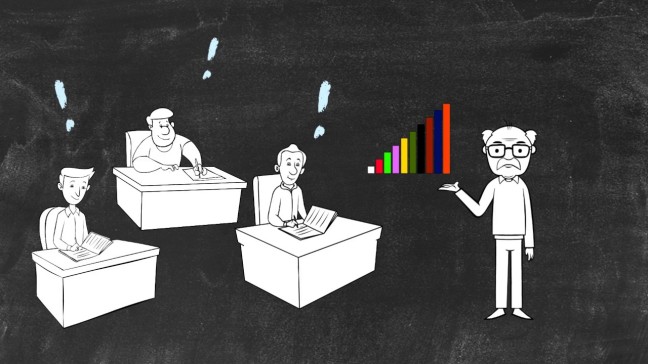 Description
Description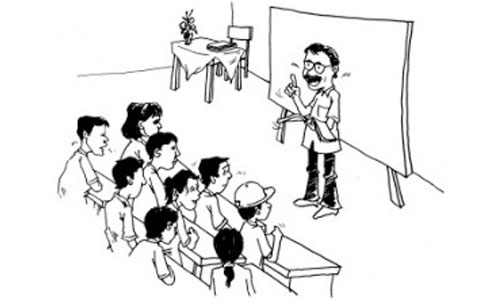
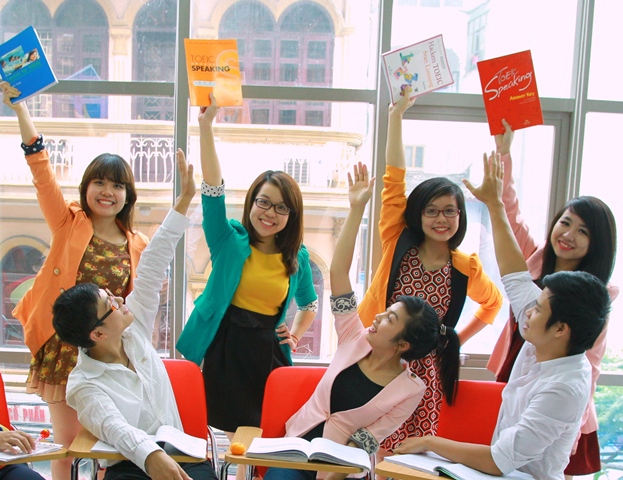
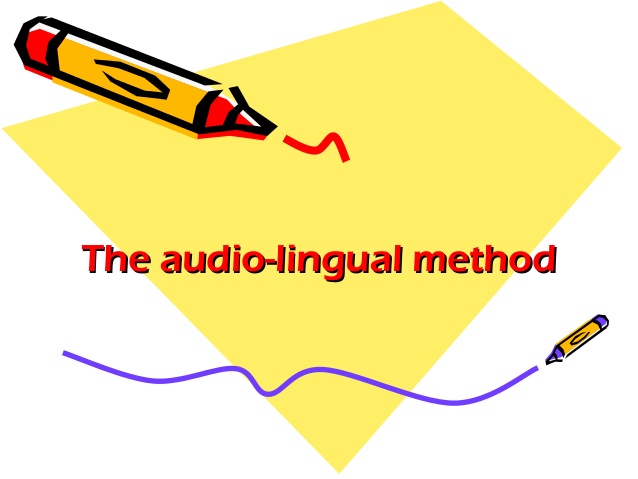 Definition
Definition 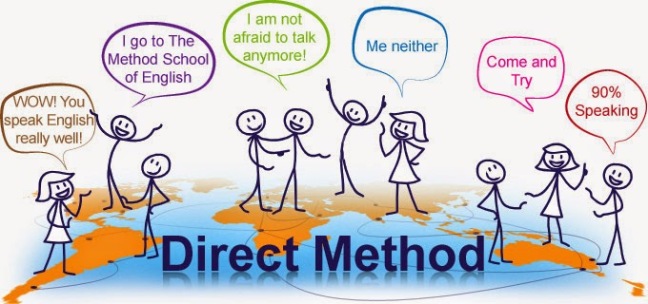 Definition of Direct Method
Definition of Direct Method Definition of Approach, Strategy, Method and Technique
Definition of Approach, Strategy, Method and Technique 